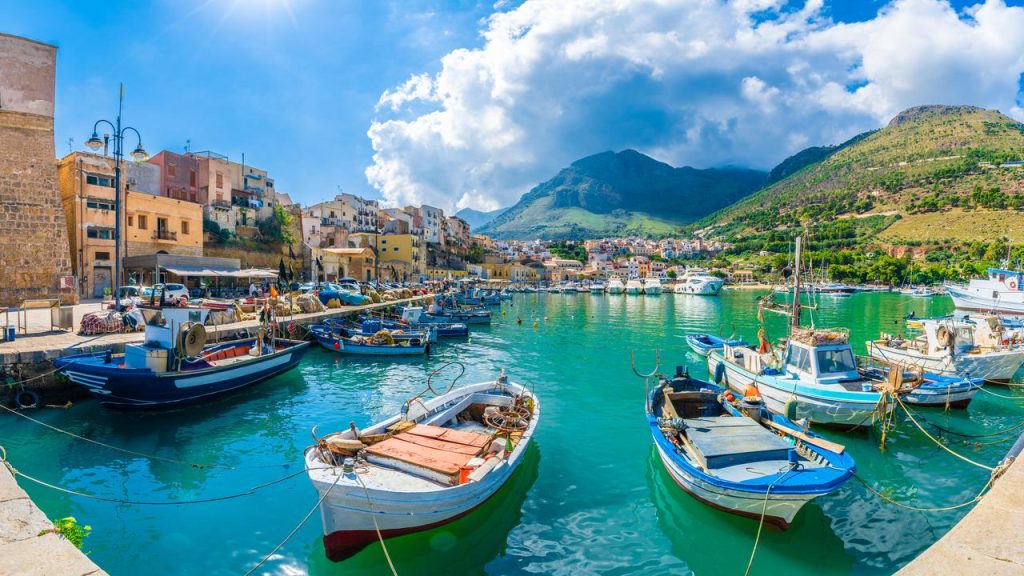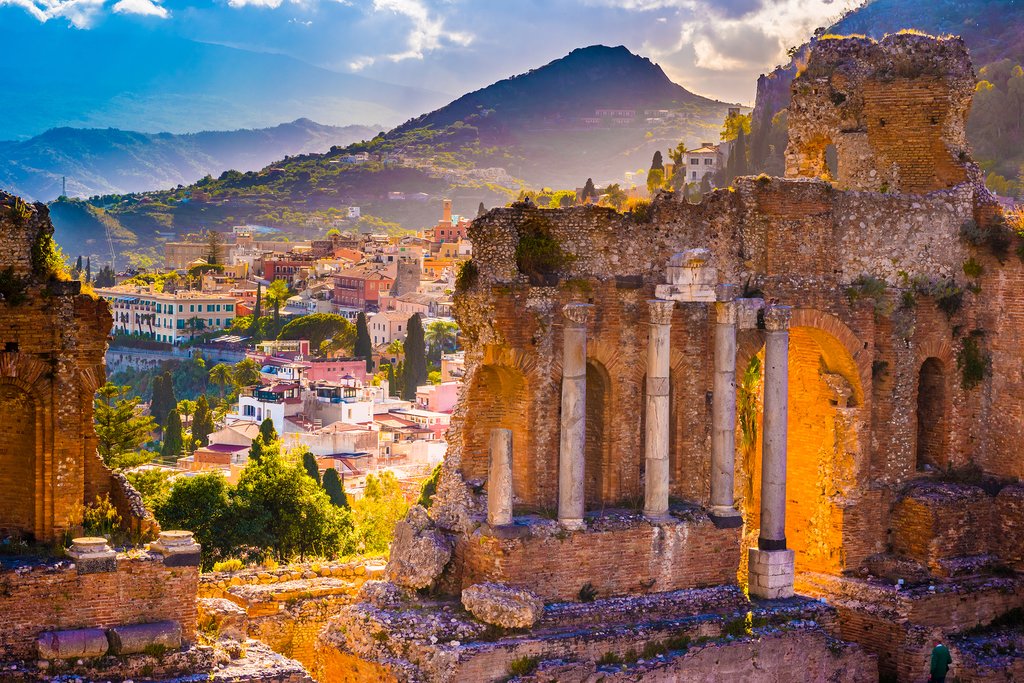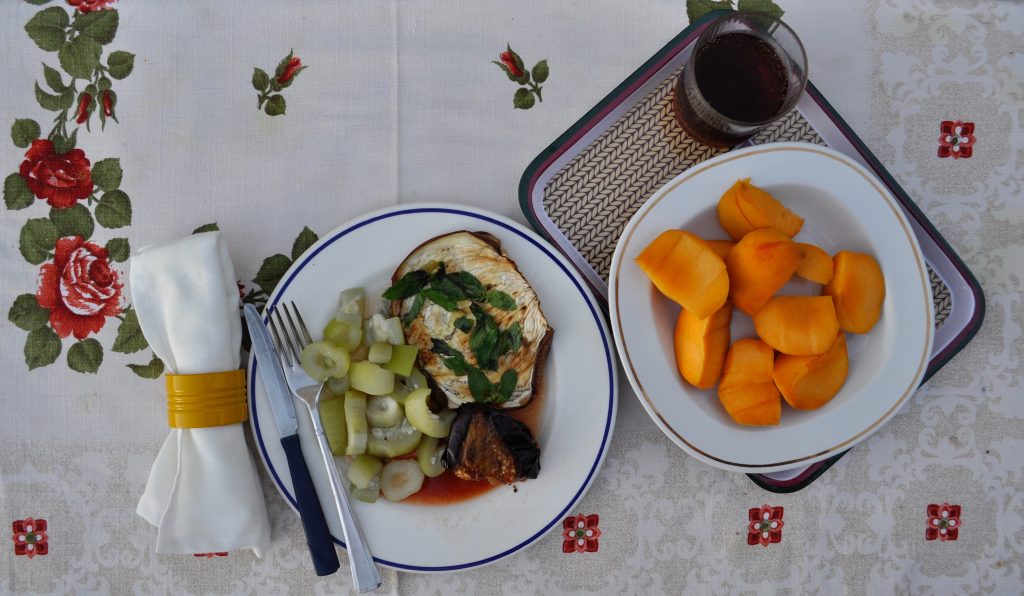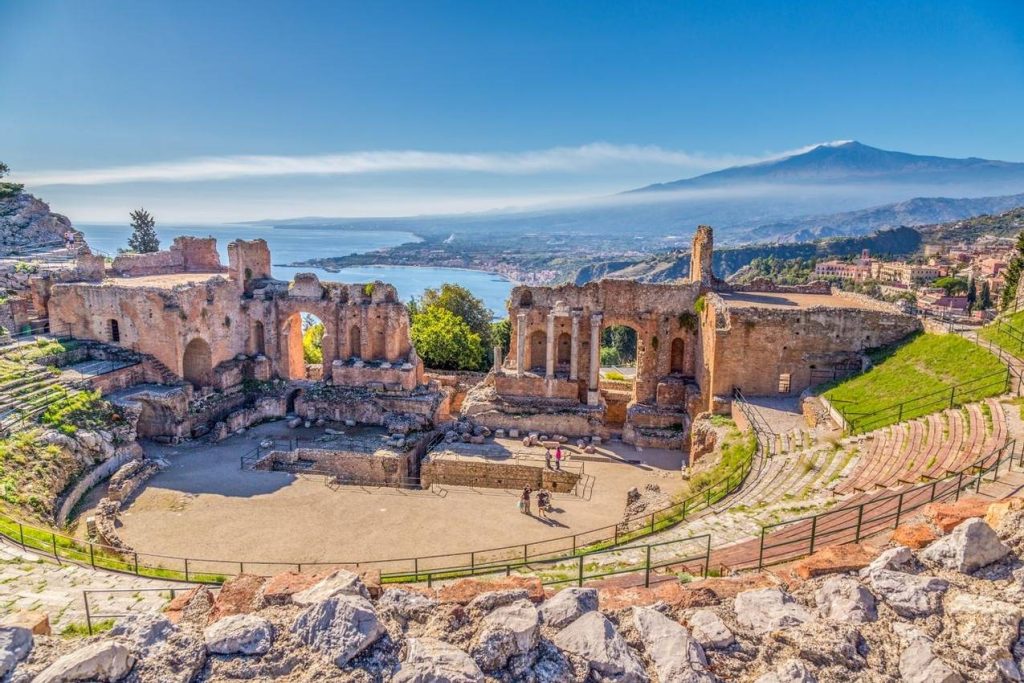Nestled in the heart of the Mediterranean Sea, Sicily beckons travelers with its captivating blend of history, culture, and natural beauty. This island, the largest in the Mediterranean, boasts a rich and diverse heritage shaped by centuries of conquests, trade, and cultural exchange. From ancient ruins to vibrant cities and delectable cuisine, Sicily offers a unique and immersive experience for those seeking to explore its multifaceted identity.
Historical Tapestry: Sicily’s history is a tapestry woven with threads of Greek, Roman, Arab, Norman, and Spanish influences. The island’s strategic location made it a coveted prize for various civilizations throughout the ages. One of the most iconic historical sites is the Valley of the Temples in Agrigento, a UNESCO World Heritage site showcasing well-preserved ancient Greek ruins. The Greek Theater in Taormina is another testament to Sicily’s classical past, offering breathtaking views of Mount Etna and the Ionian Sea.

Medieval and Renaissance influences are evident in cities like Palermo, where the Norman Palace and the Palatine Chapel showcase a unique blend of Arab-Norman architecture. The historic city of Syracuse, once a powerful Greek city-state, boasts an impressive archaeological park with remnants of ancient theaters, temples, and the Ear of Dionysius – a limestone cave with remarkable acoustic properties.
Cultural Melting Pot: Sicily’s cultural identity is a vibrant tapestry woven from the traditions of its diverse conquerors. The island’s festivals, folklore, and art reflect this eclectic mix. The Sicilian puppet theater, or “Opera dei Pupi,” is a UNESCO-recognized cultural heritage that combines elements of Greek mythology, medieval chivalry, and Arabic influences. Traditional festivals like the colorful “Infiorata” in Noto, where streets are adorned with intricate flower petal carpets, showcase the island’s artistic prowess.

Palermo, the regional capital, is a living testament to Sicily’s cultural richness. The bustling markets, such as Ballarò and Vucciria, offer a sensory feast with their vibrant colors, aromatic spices, and fresh produce. The city’s Norman, Arab, and Byzantine architectural styles are on full display in landmarks like the Cathedral of Palermo and the Church of San Cataldo.
Culinary Delights: Sicilian cuisine is a gastronomic journey that reflects the island’s varied history. Influences from Greek, Arabic, and Norman cultures have shaped a unique culinary tradition. Sicily is renowned for its street food, including the iconic “arancini” – deep-fried rice balls filled with ragù, cheese, or ham.

Seafood lovers will find paradise in the coastal towns, where fresh catches are transformed into flavorful dishes like “pasta con le sarde” (pasta with sardines) and “involtini di pesce spada” (swordfish rolls). Sicilian desserts, such as cannoli and cassata, are a sweet finale to any meal, showcasing the island’s love affair with ricotta cheese, candied fruits, and pistachios.
Natural Wonders: Beyond its historical and cultural attractions, Sicily is blessed with diverse landscapes, from the fiery majesty of Mount Etna, Europe’s highest and most active volcano, to the pristine beaches along its coastline. The Aeolian Islands, a UNESCO World Heritage site, offer a stunning escape with their volcanic landscapes, crystal-clear waters, and charming villages.

Sicily’s interior is dotted with picturesque vineyards, citrus groves, and olive orchards, creating a mosaic of colors and scents. The Zingaro Nature Reserve on the northwest coast provides hiking enthusiasts with breathtaking views of rugged cliffs, hidden coves, and Mediterranean flora and fauna.
Sicily, with its rich history, cultural diversity, mouthwatering cuisine, and breathtaking landscapes, invites travelers to embark on a journey of discovery. Whether exploring ancient ruins, savoring local delicacies, or basking in the natural wonders, Sicily is a destination that captivates the senses and leaves an indelible mark on the hearts of those fortunate enough to experience its allure.

